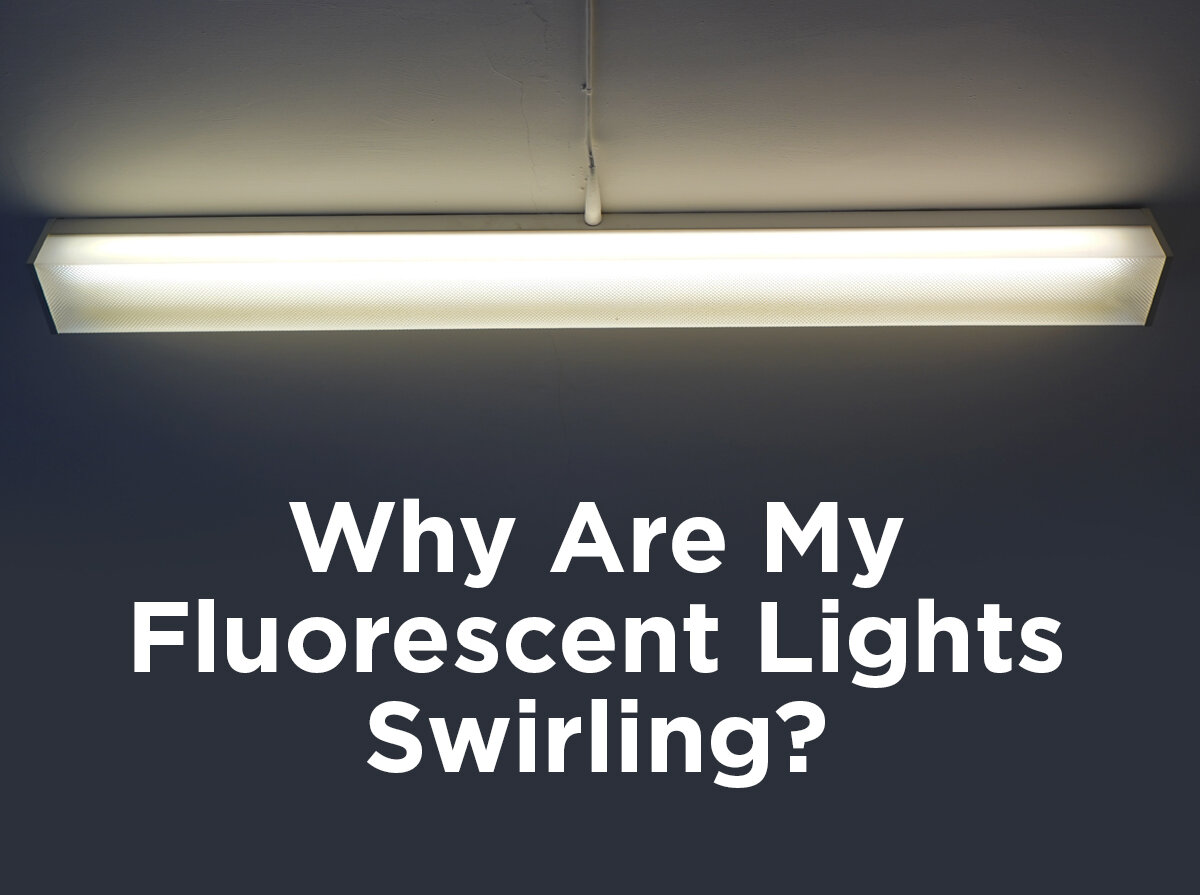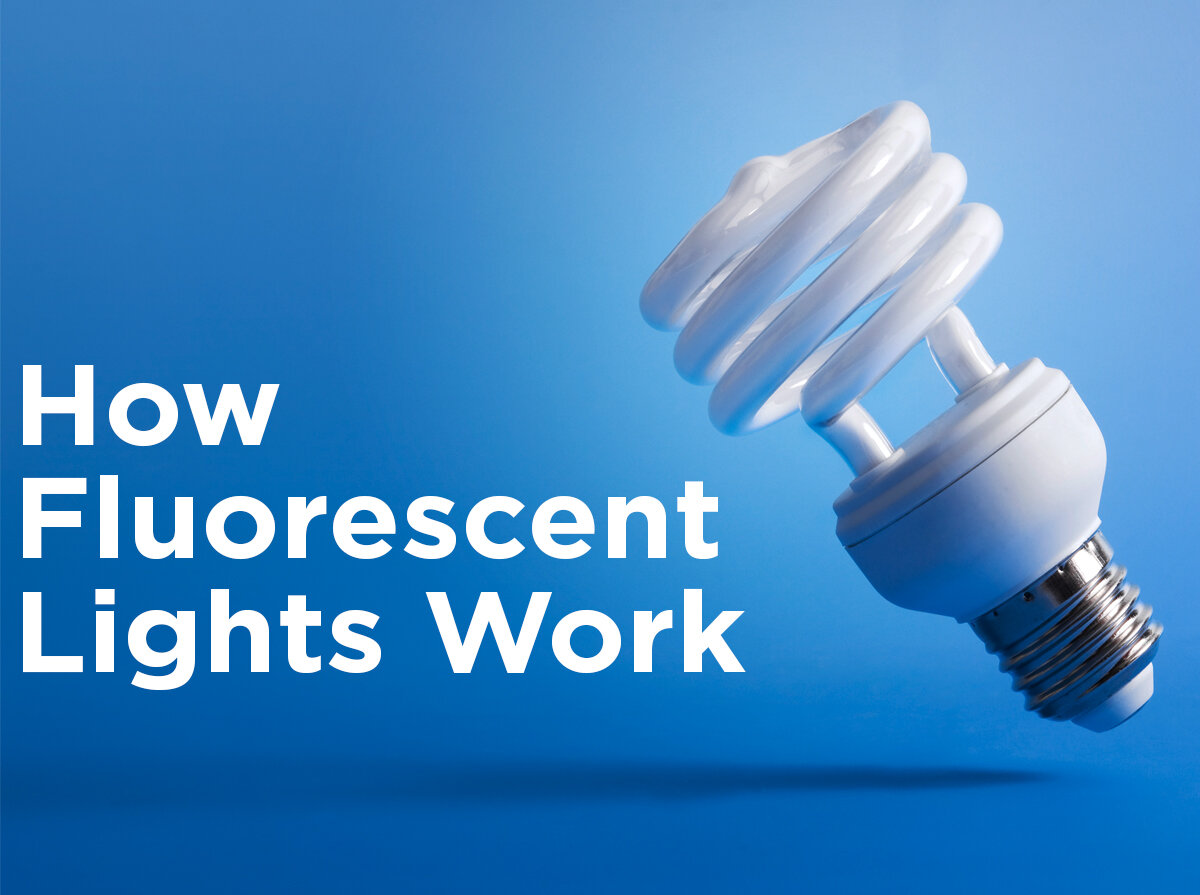Everything You Need to Know About Ballasts
If your office, warehouse, or building uses fluorescent tubes or plug-and-play LED tube lights, you depend on your fixture’s ballast to keep things running smoothly. You know the ballast is an important part of the fixture, but do you know why or how it works?
What is a Ballast?
Simply put, the ballast is the heart of a fluorescent light fixture sending energy (pumping blood) through the lamp. A ballast provides the correct amount of voltage to start the lamps and regulates the amount of current that flows to them once they’re on. In order to start a fluorescent bulb, an arc between two electrodes in the lamp must be produced. This arc occurs when the ballast quickly supplies the correct amount of voltage and electrical current to strike the arc. It then immediately limits the voltage and current drawn to just enough to produce a steady light output. Without this regulation, a fluorescent tube drawing power directly from a high voltage power source would uncontrollably increase its current draw. This would cause the lamp to overheat and burn out within a couple of seconds. Ballasts are designed to operate with a specific number of lamps of a specific type at a specific voltage. This means, not all ballasts are compatible with all fluorescent lamps.
What are the Types of Ballasts?
The two types of fluorescent ballasts are magnetic and electronic. Magnetic ballasts are an older technology that mostly commonly comes in either preheat start or rapid start methods. These ballasts tend to be less expensive than others, but have the tendency to hum and flicker at about 120 times per second. The preheat and rapid start methods heat the lamp’s cathodes before the ballast provides the voltage to start the lamp. Electronic ballasts operate relatively quietly, eliminating the flicker common in magnetic ballasts, and are more energy efficient. This type of ballast can be rapid start, instant start, or programmed start methods.
Instant start ballasts are the quickest to turn on the lights. However, they are designed to stay on or off for longer cycles. Frequently switching them on and off can shorten the lamp life in the long run. They’re called instant start because they start the lamp instantly by sending about 600 Volts through the lamp to kick start the cathodes. Programmed start, aka programmed rapid start, ballasts are slower to start, but don’t have the damaging effects of an instant start ballast when used with more frequent on-off cycles. This type of ballast is basically a smart rapid start ballast. This type of ballast senses the temperature of the lamp cathodes and uses just enough power needed to ignite them. Since cold cathodes take more power to ignite, these ballasts are more energy efficient than other ballasts. They are designed for rooms with frequent on/off cycles like stairwell, hallways, or bathrooms fitted with occupancy/vacancy sensors.
When Should I Replace My Ballast?
Though replacement isn’t a common need, after about three years, it’s normal to see some fall off in the performance of a fixture’s ballast. They tend to fail gradually so the lamps go from slight issues sustaining full light output to complete failure to light. All ballasts fail at some point, so it’s important to know the signs of failure. If your lights seem to be dim, buzzing, flickering rapidly, or changing color, it may be time to service your fixture.
Did we miss anything? Leave any other questions you have about ballasts in the comment section below or contact one of our lighting experts at 1-800-624-4488, Monday through Friday, 7AM to 7PM CST.







